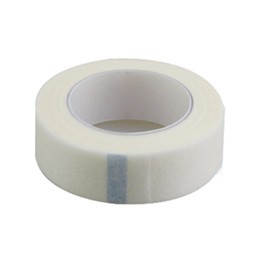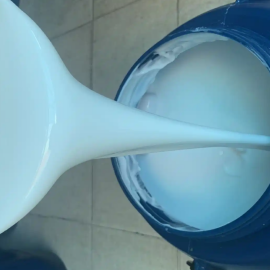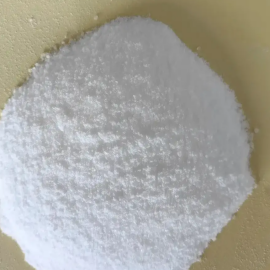The silicone pressure-sensitive adhesive market has been growing rapidly in recent years. Its growth is mainly due to the rapid development of electronic and electrical, automotive, and other fields. The popularization of electronic products and the transformation and upgrading of the automotive industry, especially the rise of new energy vehicles, have greatly promoted the application of silicone pressure-sensitive adhesives. In addition, the strict environmental regulations have also prompted the development of silicone pressure-sensitive adhesive to high-performance, environmentally friendly direction. What are the characteristics of silicone pressure-sensitive adhesive?
Silicone pressure sensitive adhesive aging resistance, can resist ultraviolet rays, ozone and other environmental factors, long service life; environmental performance is good, in the production and use of the process does not produce harmful substances; good flexibility, shock absorption and noise reduction performance, in the impact of external forces can play a buffer role; solvent-free, low odor; cured high transparency, excellent electrical insulation.
There are six aspects to introducing silicone PSA:
- What is pressure-sensitive adhesive?
- What are the advantages of silicone PSA?
- What are the applications of silicone PSA?
- Why should the moisture content of silicone PSA be controlled?
- How do you remove excess water from silicone PSA?
- How do you choose silicone PSA?
1. What is pressure-sensitive adhesive?
Pressure-sensitive adhesive is a class of pressure-sensitive adhesive, is a class of dry at room temperature, with dry adhesive and permanent adhesive materials. Pressure sensitive adhesive tape is the main form of pressure sensitive adhesive. When used, in the finger or palm of the hand to exert a slight pressure, pressure-sensitive adhesive tape can be firmly adhered to the surface of the substrate, and can be peeled off from the surface of the object to be adhered to and does not produce any residue. In all aspects of people's food, clothing, housing and transportation, pressure-sensitive tape has a very wide range of uses.

2. What are the advantages of silicone PSA?
According to the main components, pressure-sensitive adhesives are mainly rubber, acrylic, polyurethane, and silicone.
In detail, compared with other types of pressure-sensitive adhesive, silicone pressure-sensitive adhesive has the following characteristics and uses:
◆ High and low temperature resistance (is the only pressure-sensitive adhesive that can be used in the temperature range of -65 ~ 300 ℃)
◆ Weathering is good
◆ Low-surface energy interface (Teflon, silicone rubber) adhesion is good
Therefore, silicone pressure-sensitive adhesive can be used as high-temperature tape, low-temperature resistant adhesive tapes, as well as silicone rubber buttons, and other low-surface energy material adhesive. Therefore, silicone pressure-sensitive adhesive can be used as high-temperature resistant tape, low-temperature resistant tape, and adhesive for low surface energy materials such as silicone rubber keypad.
◆Excellent electrical properties
◆No corrosion to metal
◆No skin irritation
Therefore, silicone pressure-sensitive adhesive can be used as insulating tape, plating masking tape, and medical tape.
◆Excellent exhaust performance
◆Good curing effect
◆Good operability
◆Good resistance to water vapor
◆Excellent leveling performance
◆Less residue on the surface of the object to be adhered to
Therefore, silicone pressure-sensitive adhesive can be used as a protective film for the screen of electronic products and automobile glass, etc. This is the current trend of silicone pressure-sensitive adhesive, which is the best choice to protect the surface of electronic products. This is also the current silicone pressure-sensitive adhesive application of the most extensive, the most researched areas.
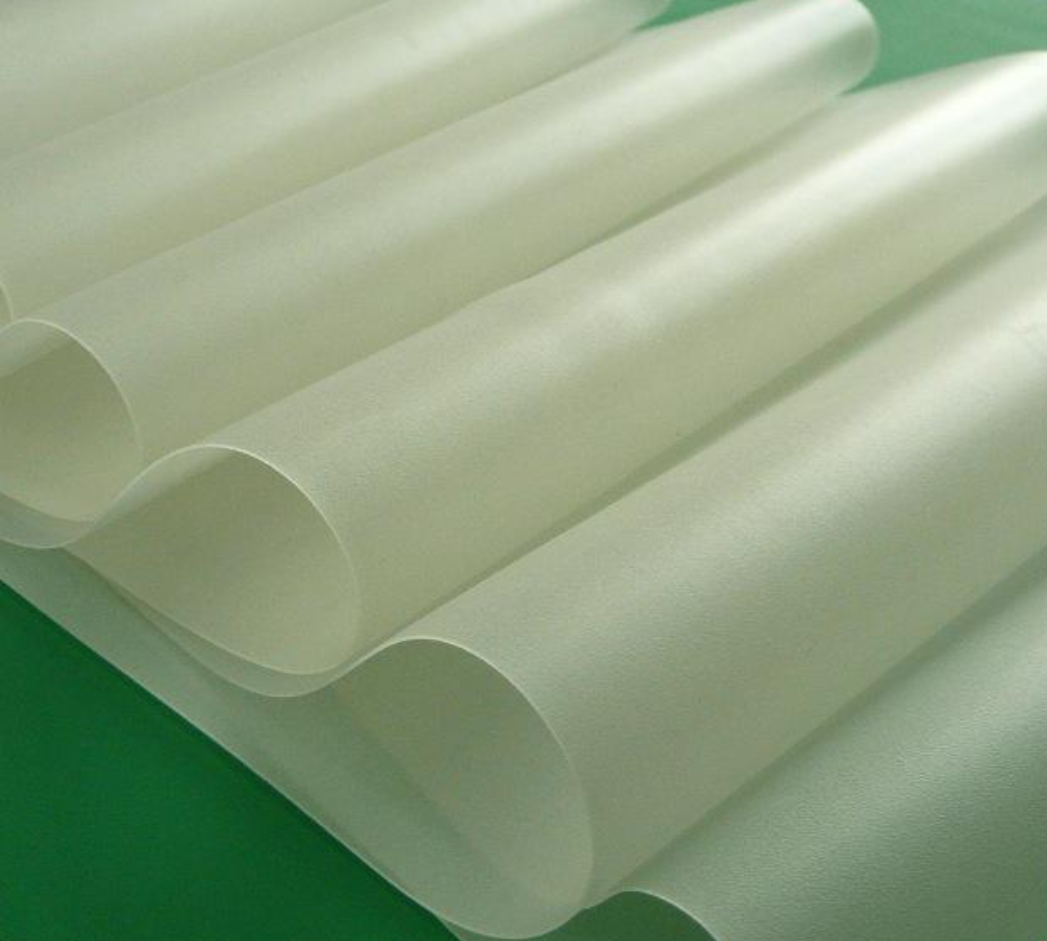
XJY-301 Silicone pressure-sensitive adhesives
It is made from the specific structure of silicone resin and high molecular weight polydimethylsiloxane in cooperation with organic adhesive, which is suitable for specific scene conditions.
Compared with natural rubber, it is characterized by heat resistance, high stability, good electric insulation, good transparency, high peel adhesion, chemical resistance, etc. It has a wide range of applications in industrial product processing, electronic processing, optical materials, health care and mica tapes, splicing tapes, protective films other fields.
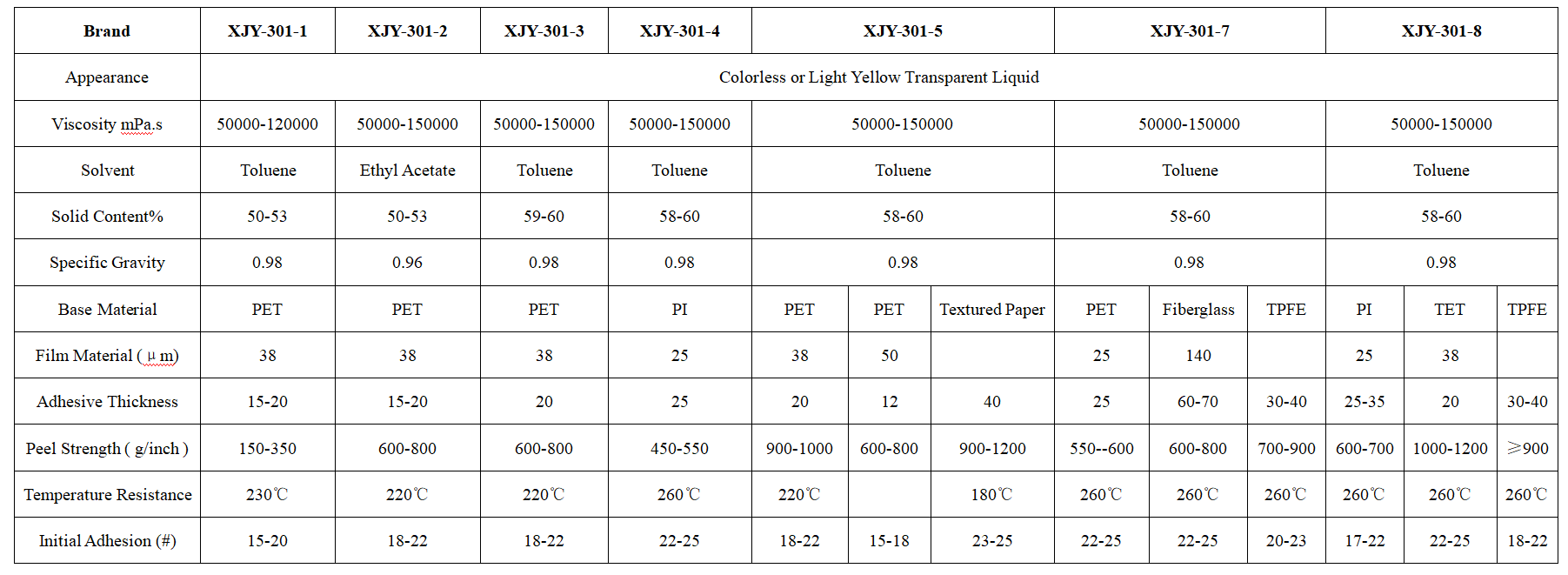
3. What are the applications of silicone PSA?
Silicone pressure-sensitive adhesive is mainly composed of silicone rubber rubber and MQ resin, of which the silicone rubber rubber is silicone pressure-sensitive adhesive film-forming material, high molecular weight, silicone pressure-sensitive adhesive to provide sufficiently high cohesive strength, MQ silicone resin with a spherical “nucleus-shell structure”, silicone pressure-sensitive adhesive adhesive components.
According to the differentiation of vulcanization, silicone pressure-sensitive adhesive is mainly divided into peroxide vulcanization type, addition vulcanization type, and UV light curing type three categories. In addition, electron beam radiation curing and room temperature vulcanization, and other types of silicone pressure-sensitive adhesives are also under development.
Silicone pressure sensitive adhesive without vulcanization, their respective characteristics are as follows:
◆ Benzoyl peroxide (BPO) vulcanized silicone pressure sensitive adhesive, vulcanization temperature is high (150 ℃), the vulcanization speed is slow, so this type of pressure sensitive adhesive is not suitable for temperature resistance of the substrate is poor, and for some high-temperature-resistant substrate, can be used in this type of silicone pressure sensitive adhesive, such as polyimide (PI) film as a substrate for high temperature tape, commonly known as goldfinger tape. For example, polyimide (PI) film-based high-temperature tape, commonly known as Goldfinger tape, is produced by uniformly coating BPO-cured silicone pressure-sensitive adhesive on the high-temperature-resistant base material PI film.
◆ Additive vulcanization type silicone pressure-sensitive adhesive, the main characteristics of the vulcanization temperature is low (100 ~ 130 ℃), fast curing speed, no by-products in the reaction process, so it can be applied to the substrate with poor temperature resistance, the protective film is mostly used in this type of silicone pressure-sensitive adhesive. However, due to the addition of vulcanization type silicone pressure-sensitive adhesive with platinum catalyst catalyst, the type of catalyst encounter containing N, P, S and other elements of organic matter and containing Sn, Pb, Hg, Bi, As and other metal ionic compounds may be “poisoned” deactivation, so we must avoid contact with these substances in the process of production, transportation, use. Therefore, it is necessary to avoid contact with these substances during production, transportation, and use.

UV light curing silicone pressure-sensitive adhesive is a new type of pressure-sensitive adhesive system, does not contain or contains a very small amount of solvents, is non-polluting, has low energy consumption, high efficiency, to meet some of the temperature is very sensitive to the use of substrates. Due to the high cost and relatively immature technology, this type of silicone pressure-sensitive adhesive is not yet generally accepted by the market, but as the most important trend in the future of silicone pressure-sensitive adhesive, by more and more researchers' attention.
4. Why should the moisture content of silicone PSA be controlled?
Moisture in many forms affects the production and use of silicone pressure-sensitive adhesive process. The level of moisture content has a significant negative impact on the curing process, peel stability, and appearance of the adhesive. Therefore, effective control of the moisture content is an essential process element.
4.1 Curing process
The curing principle of the first additive silicone pressure sensitive is an addition reaction between Si-H and vinyl catalyzed by a platinum catalyst. The presence of moisture will react with Si-H to form hydrogen and Si-OH, losing the cross-linking point and leading to poor curing. The macroscopic manifestation is the oiling of the film surface under the same curing conditions. Although the amount of Si-H is higher than that of vinyl in the formulation design, the curing is still irreversibly affected if the moisture content is high. Even with the addition of excess crosslinker, product defects such as low peel strength can occur.
At the same time, the higher specific heat of water requires more heat to be absorbed during volatilization. This leads to a lower temperature on the film surface, which ultimately leads to poor curing results.
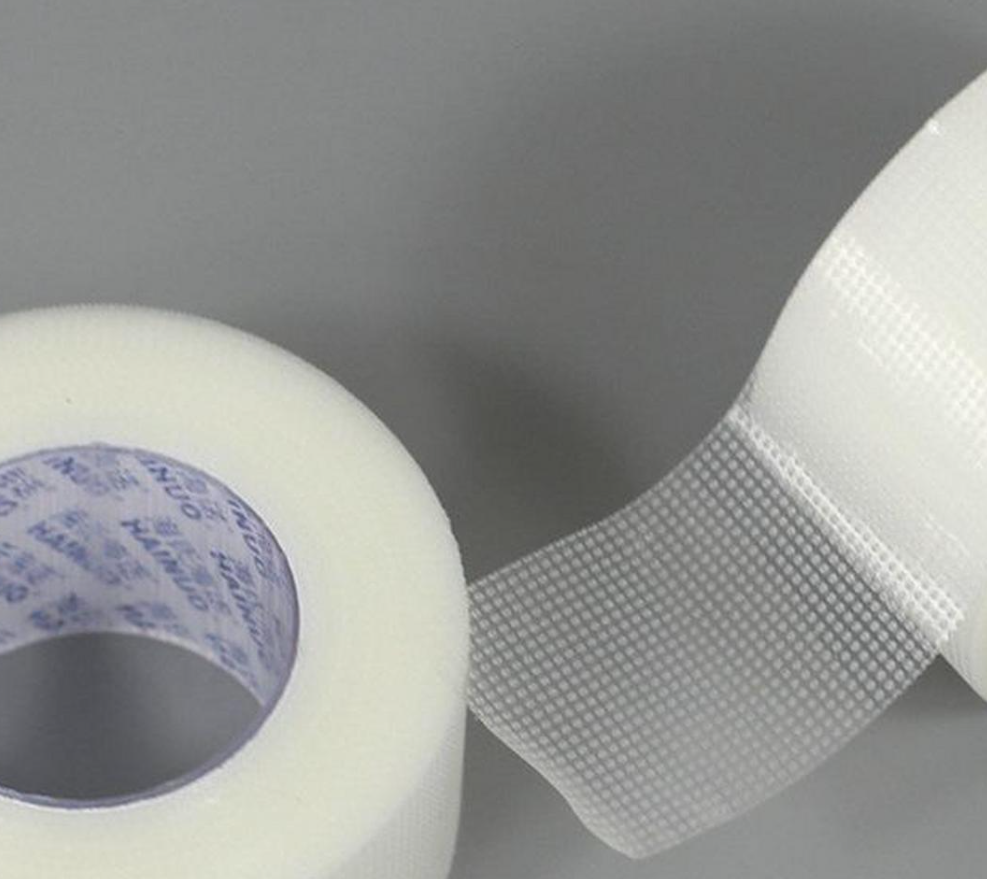
4.2 Appearance
The water evaporates slowly, and it is easy to see that the glue is not completely evaporated after passing through the baking channel. After the cured glue lamination, the moisture to the film surface migration and aggregation, the macro-expression of the tape as a whole whitening transparency decreased.
5. How to remove excess water from silicone pressure-sensitive adhesive?
5.1 Production process in addition to water
In general, silicone pressure-sensitive adhesive solvent is used for toluene, the main raw material for silicone resin and raw rubber. The three water-containing form is mainly wet storage of water, moisture content stabilized at 0.1% or less, so in the production of pressure-sensitive adhesive process using a specific structure of the reaction device, the use of toluene and water azeotropy, the water from the system to get rid of. And strengthen the sealing of product packaging to ensure that no additional moisture enters the product during transportation and storage.
5.2 De-watering of the coating process
Depending on the form of coating required, solvents are used to dilute the pressure-sensitive adhesive to a suitable viscosity. The diluent used is mostly ethyl acetate. Ethyl acetate has advantages such as low price, mild odor, and low toxicity, so it is widely used. However, due to its nature, ethyl acetate will absorb a lot of moisture in the air during storage, up to 10% of the volume fraction, which is the biggest obstacle to the coating process.
It has been verified that the use of bulk calcium chloride can effectively solve this problem. Firstly, the calcium chloride is baked in an oven at 180°C to remove the crystallized water. After cooling to room temperature, the dried calcium chloride is wrapped in 800 mesh filter cloth. Quickly transfer to the solvent to be dried, slightly shaking so that water is fully absorbed by the calcium chloride, static 1h. can complete the drying process. You can use an anhydrous copper sulfate color reaction to verify the drying effect. With better than ethyl acetate water absorption characteristics, it is recommended to complete the drying process 1h before use and use the same day. The basic dosage is 5% of the total amount of ethyl acetate, adjust the dosage according to the actual situation. Calcium chloride can be reused, and drying conditions for about 180℃ can be. The time, according to the amount of calcium chloride drying decision, the process can be assisted by turning, to help the internal moisture overflow quickly.
6. How do you choose silicone PSA?
Silicone adhesive has many advantages, is excellent temperature resistance, can be in -75 ℃ to 300 ℃ extreme temperature to maintain stability, not easy to soften, deformation or failure, is a variety of difficult to stick to the material, such as non-surface treatment of polyolefins, fluorine plastics, polyimide, etc., but also has a good adhesive effect and peel adhesion with many substrates, is a good electrical insulation, can effectively isolate the current, to prevent the circuit short-circuit and electrical leakage. Silicone PSA is widely used in release liners and mica tapes, and other tape applications. How can to improve the competitiveness of the silicone PSA formulations?
XJY Silicones is one of the leading silicone MQ resin and VMQ silicone manufacturers in China, with more than 30 years of R&D and manufacturing experience in the silicone industry, as well as more than 15 related patents and technical support. Our silicone resin products can meet the needs of the pressure-sensitive adhesive field and support the provision of diversified customized solutions.

